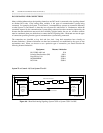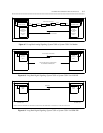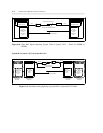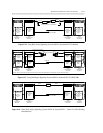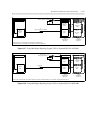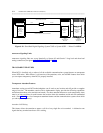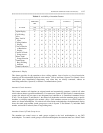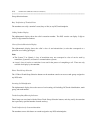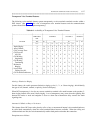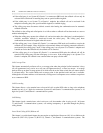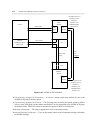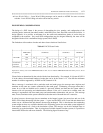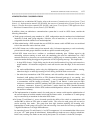6-16 DISTRIBUTED COMMUNICATIONS SYSTEM (DCS)
_ ___________________________________________________________________________________________________________________________
_ ___________________________________________________________________________________________________________________________
_ ___________________________________________________________________________________________________________________________
Group Selection button.
Busy Verification of Terminal Lines
The attendant can verify a terminal’s state (busy or idle) at any DCS node/endpoint.
Calling Number Display
The alphanumeric display shows the caller’s extension number. The DCS console can display 5-digit as
well as 4-digit extension numbers.
Class-of-Service/Restriction Display
The alphanumeric display shows the caller’s class of service/restriction (a code that corresponds to a
particular set of calling privileges).
Note:
• The System 75 or Generic 1 class of restrictions may not correspond to class of service used by
DIMENSION, System 85, or Generic 2 communications systems.
• A user’s class of service or restriction is not used in the process of completing a call. These are only
available for display by the attendant.
Direct Trunk Group Selection
The 12 Direct Trunk Group Selection buttons on the attendant console can access trunk groups assigned to
any DCS node.
Incoming Call Identification
The alphanumeric display shows the source of an incoming call including: DCS node identification, trunk
group, and trunk number.
Trunk Group Busy/Warning Indicators
These lamps are associated with the Direct Trunk Group Selection buttons, and they notify the attendant
that a previously specified number of trunks are busy.
Trunk Verification by Customer/Attendant
The attendant can use this feature on a trunk assigned to any DCS node/endpoint.



